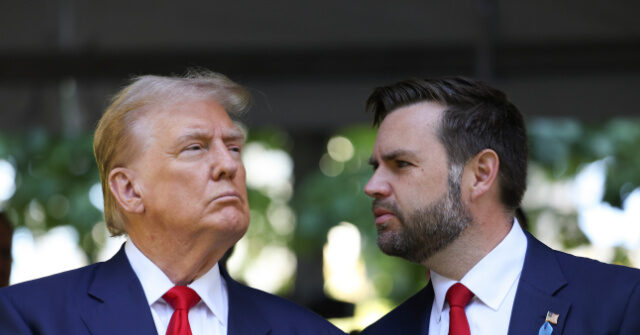On a historic morning following the election, America witnessed a remarkable political narrative unfold. Senator JD Vance, now Vice President-elect, heralded the event as the “greatest political comeback in the history of the United States” during former President Donald Trump’s victory speech. This occasion not only signified Trump’s enduring popularity but also reflected the shifting political dynamics within the nation. Vance’s enthusiastic acknowledgment of Trump’s leadership set the tone for the rally, as he expressed gratitude for the trust placed in him and the shared journey ahead, demonstrating a cohesive front among a party eager for resurgence.
Donald Trump, flanked by family and close allies, took the stage amid an electrified crowd to celebrate the momentous occasion. His victory speech underscored not just his electoral success, but also a visual and symbolic reaffirmation of his influence over the Republican Party. By inviting Vance to speak immediately after his own remarks, Trump effectively highlighted the importance of their partnership and the broader implications of their shared vision for the future of America. This seamless integration of their campaigns illustrated the strength of their alliance and the potential direction for the administration to come.
Vance, in his speeches, emphasized a commitment to the American people, framing the election’s outcome as a mandate to continue fighting for the ideals and aspirations of their supporters. He proclaimed that this comeback would lead to what he termed the “greatest economic comeback in American history,” under Trump’s leadership. This rhetoric is not merely aspirational; it is a call to arms for the Republican base, urging them to unify for a common purpose. The message was also designed to reinforce confidence among supporters, indicating a determination to address their concerns and safeguard their future.
In stark contrast, Vice President Kamala Harris’s absence from public engagement drew significant attention. Harris decided to forgo addressing her supporters directly after the election results, which echoed the criticism often leveled against former Secretary of State Hillary Clinton’s response to the 2016 election loss. Cedric Richmond, co-chair of Harris’s campaign, took the responsibility of announcing her plans, further distancing the Vice President from the immediate aftermath of the election. This decision was met with scrutiny, as commentators noted the potential implications for Harris’s leadership and connection with her voters.
The political landscape post-election is marked by stark divisions and contrasting strategies among party leaders. While Trump and Vance sought to rally their base and project optimism for a prosperous future, Harris’s choice to remain out of the public eye raises questions about her effectiveness and resonance with constituents. This dissonance highlights the challenges faced by the Democratic Party as they navigate a changing political environment. Vance’s fervent praise for Trump’s leadership serves to solidify their commitment to a shared vision that aims to energize their supporters in a time when the opposition seems fragmented.
In conclusion, the election results signify not just a victory for Trump and Vance, but also an ongoing struggle for the Democratic Party to maintain relevance amid shifting political tides. The stark dichotomy in responses between the two camps encapsulates the broader ideological battles that define contemporary American politics. As the nation transitions into a new chapter led by Trump and Vance, the implications for economic policy, governance, and party unity will undoubtedly shape the political discourse in the months and years ahead. The anticipated economic resurgence heralded by Vance may very well serve as a litmus test for the effectiveness of the Trump administration in fostering growth and addressing the pressing concerns of American families.

